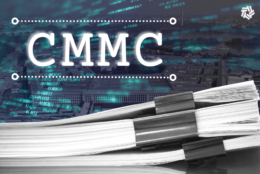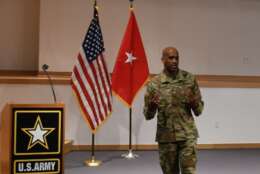Hubbard Radio Washington DC, LLC. All rights reserved. This website is not intended for users located within the European Economic Area.
On Air: Federal News Network
Data Analytics Month
Sponsored by


In their quest to better infuse operations with data analytics, two agencies are at adjacent stages of this new discipline.
Read moreWhen it comes to appointing chief data officers, federal agencies have always been behind the curve of the private sector.
Alan Jacobson, chief data and analytics officer at Alteryx, recently joined Federal News Network to discuss how to provide more data access to more people.
According to Nick Hart, CEO of the Data Coalition, the new Federal Data Strategy “will fundamentally change the way government uses data.”
-
Data security’s integral role in the digital age
Many regulations require that companies working with national security information implement aggressive levels of cybersecurity.
-
Contracting officers benefit from a bot in the seat to their right
The Office Of Management and Budget and General Services Administration have been fielding a data integration tool to help contracting officers.
-
New strategy, A-123 update to help reduce improper payments
David Lebryk, the fiscal assistant secretary at Treasury, said a new strategy provides tools, best practices and guidance to improve federal payments.
-
Robust data management is key to harnessing the power of emerging technologies
Comprehensive data management is key to unlocking seamless, personalized and secure CX for government agencies.
-
Countdown to Compliance: Understanding NARA’s rules for text messaging
Federal agencies have just weeks to prepare for changes in digital record standards, here’s how agencies can help ensure compliance.
-
Gen. Rey reflects on leading Network Cross Functional team
Maj. Gen. Jeth Rey focused on four pillars, including agnostics transport and moving the Army toward a data-centric environment, over the last three years.
-
Agile, adaptable, modular: The future of Army C2
The Army’s Next Generation Command and Control (NGC2) Capability Characteristics or C2Next is the roadmap for developing a different kind of command post.
-
Improving citizen experience with proper data management
By harnessing data-driven decision-making, agencies can significantly enhance the quality and efficiency of services provided to citizens.












